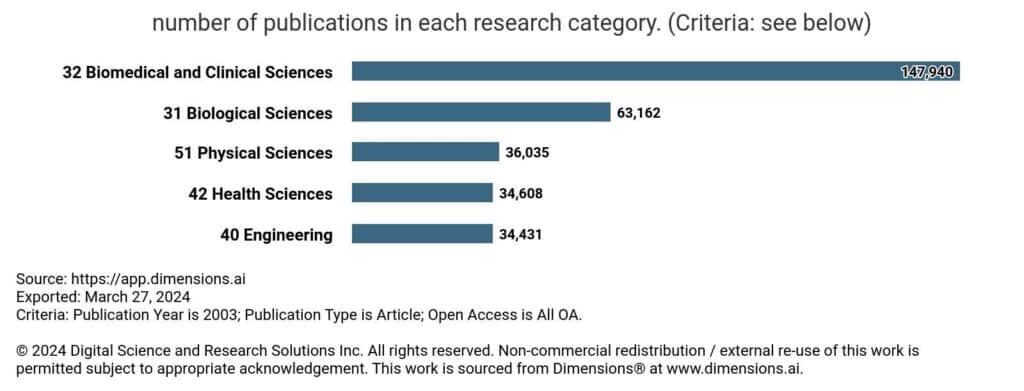To mark National Public Health Week, Simon Linacre looks at how a combination of pressure from the Open Access movement and commitment to open research has enabled increasing amounts of medical research to be accessible to the public.
Last week, one of the world’s largest charitable organizations, the Bill & Melinda Gates Foundation, changed its policy on open access. In a major shift, it decreed that from 2025 it would no longer fund authors’ article processing charges (APCs) to be published in open access journals. Instead, it will mandate authors to make their articles available as ‘preprints’, which are available to read by everyone but require no fee to post online in a repository.
Quite clearly, this move is designed to build on the advantages of making medical research openly accessible, as well as capturing the frustration that many share of not being able to discover key information about potentially life or death medical issues – whether that is due to paywalls on articles, or the sometimes hefty APCs that are charged. It was these advantages and frustrations that resulted in the open access (OA) movement forming in the 1990s, and as we detailed here last year fuelled the growth in OA over the last quarter of a century.
But as we celebrate National Public Health Week and World Health Day on 7th April, what has been the impact of OA in opening up research to the public at large?
Research transformed
Articles supported by the Bill & Melinda Gates Foundation (BMGF) make up a sizeable corpus of texts in the medical literature – according to Dimensions, in 2023 there were 4,494 publications that acknowledged funding from the Foundation, appearing in journals published by major publishers such as Elsevier (855 articles funded by BMGF), Springer Nature (780) and Wiley (347). While there are already substantial numbers of articles published in major journals funded by BMGF – and the new mandate does not appear to stop them being published in such journals subsequent to posting as preprints – we may see some changes as a result of the ‘preprint first’ policy.
Changing our focus to looking back at how health research such as that funded by BGMF has been made available to all as open access articles, we can see from the chart below that there has been a marked increase in the amount of medical research that is now openly accessible over the last 20 years or so. And significantly, we can also see this using the free web app of Dimensions.

In 2003 there were 1.66 million article publications, according to Dimensions, with just a quarter of them available as open access articles. We can see in the chart that some of the main health categories made up a sizable number of these OA articles in 2003, which was just three years after the Bill & Melinda Gates Foundation was first formed.
Fast forward 10 years, and medical research had started to transform in terms of its accessibility to the public. In 2013 there were 3.1 million articles published, of which 1.3 million, or 42%, were now OA. Looking at health research specifically, the percentages were much bigger as adoption in these fields outpaced others: In Biomedical and Clinical Sciences 48% of articles were OA, in Clinical Sciences it was 45% and in Biological Sciences it was already over half at 57%.
Further acceleration in the adoption of open access in the last decade has seen the accessibility of health research grow even further. Not only has the total number of articles published increased by well over 50%, but the proportion of articles in medical research that are open access are well over 60%, and nearly 70% in the case of Biological Sciences.
New perspectives
Since its inception, the Bill & Melinda Gates Foundation has made grant payments totalling over $71 billion to support gender equality, global development and global health programs. Its aim has been to create a world where each individual has the opportunity to lead a healthy, productive life, and you can see from its commitment to OA that it views access to the most current research as being part of that mission. As we reflect on and celebrate National Public Health Week and World Health Day, it is clear how important access to data is in supporting underserved communities to take advantage of the benefits that access to health research brings. To learn more about how research impacts society, see our latest TL;DR campaign on Research Transformation.



